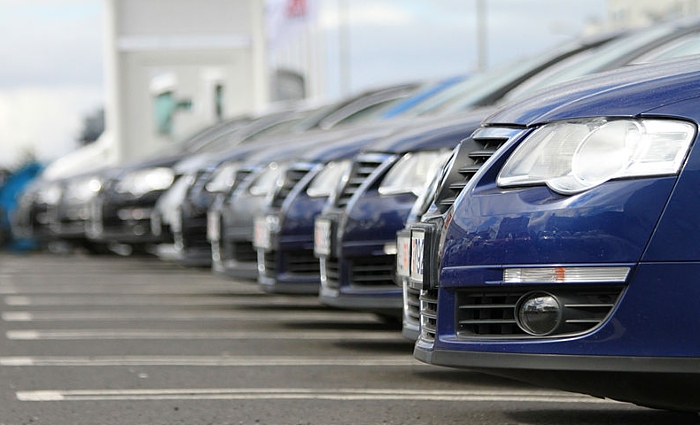
The decision to lease or buy a new vehicle is one that tends to come down to whether to lease or buy.
With so many different structures to car financing, it can be confusing for those trying to make the right choice.
In this article, we will discuss the pros and cons of leasing and buying a car, and help you decide which option suits your budget, lifestyle and long term goals.
Understanding Leasing
Leasing a car means you drive a new car for a set period, usually two to four years, and then return the car at the end of the term.
Unlike traditional ownership, leasing is a temporary relationship with the vehicle.
Lower Monthly Payments
The lower monthly payments are one of the most attractive parts of leasing.
Because you’re really paying for the car’s depreciation during the lease period, not its total value, your monthly costs are lower than they would be with a loan.
Drive a New Car More Often
Leasing provides the opportunity to drive a brand-new vehicle every few years.
If you enjoy the latest features and cutting-edge technology, this option might appeal to you, as it allows you to stay up-to-date without the long-term commitment.
Fewer Maintenance Worries
Most lease agreements are for a few years, so the vehicle is under warranty during the term of your lease.
That means less repair costs, because anything that the manufacturer covers will be taken care of, and that takes the burden of unexpected expenses off of you.
The Drawbacks of Leasing
While leasing has its advantages, it also comes with notable downsides that are important to consider.
Mileage Limits
Mileage restrictions are most often part of a lease, usually between 10,000 and 15,000 miles per year.
You will incur steep penalties if you go over these limits. This may be a big deal for people who have long commutes or are prone to road trips.
No Ownership Equity
You don’t own the car at the end of the lease. Your payments only go to the temporary use of the vehicle.
If you’re looking for long term ownership or building equity in an asset, leasing may not be the best choice for you.
Potential for Excess Wear Fees
If you return the leased car, the dealership will check the car for excessive wear and tear.
If the vehicle has damage beyond normal use, you could also be charged more, increasing the cost of leasing.
Understanding Car Buying
Buying a car, either with cash or through financing, offers a different experience.
You are not restricted by mileage limits or the necessity of returning the vehicle at the end of a fixed period. Instead, you can keep the car as long as you want.
Building Equity
Ownership is one of the main benefits of buying. As you drive the car, over time you build equity in the car and can later trade or sell it to help pay for your next vehicle.
This option is more appealing to those who want to make long term financial investment as each payment you make goes towards full ownership.
No Mileage Restrictions
Unlike leasing, buying a car gives you the freedom to drive as much as you like.
Whether you have a long daily commute or enjoy weekend getaways, you don’t have to worry about penalties for racking up miles.
Customization and Personalization
Ownership also means you can personalize your vehicle to suit your tastes.
Whether it’s a new sound system or a custom paint job, you have complete control over the car’s appearance and functionality—something not typically allowed in a lease.
The Drawbacks of Buying
Despite the freedom that comes with ownership, there are some challenges to keep in mind.
Higher Monthly Payments
Financing a car usually results in higher monthly payments compared to leasing.
This is because you’re paying off the full value of the car over time, rather than just the depreciation.
If budget flexibility is a key factor for you, the higher cost might be a deterrent.
Depreciation Woes
The moment you drive a new car off the lot, it begins to lose value. If you plan to sell or trade in your car down the line, the rapid depreciation can be frustrating.
However, if you plan to keep the car long-term, depreciation becomes less of an issue.
Maintenance Costs Over Time
As the years pass, older vehicles typically require more maintenance, which can lead to increasing repair costs.
While newer cars are often covered by warranties, older models can lead to unexpected out-of-pocket expenses as they age.
Making the Right Decision
Choosing between leasing and buying depends on your personal preferences and financial situation.
If you prioritize driving a new car with lower monthly payments and don’t mind the temporary nature of leasing, it could be the right fit for you.
However, if long-term ownership and the ability to drive without restrictions are more important, buying may be the better route.
Ultimately, both options have their merits. Understanding your needs and lifestyle is the first step in making the best decision for your next vehicle.


















Recent Comments